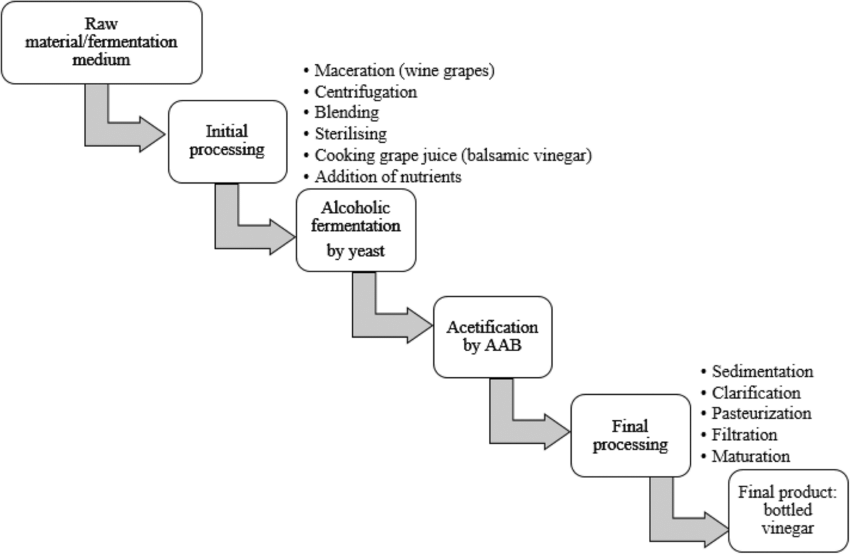Vinegar Making: A Guide to Crafting Your Own Homemade Vinegar
Vinegar has been a staple in kitchens for centuries, used not only for cooking but also for its various household and health benefits. While store-bought vinegar is readily available, making your own vinegar at home can be a rewarding and cost-effective endeavor. In this guide, we will take you through the process of vinegar making, from selecting ingredients to fermenting and storing your homemade vinegar.
Ingredients:
The primary ingredient you need to make vinegar is alcohol. This can come from a variety of sources such as wine, beer, cider, or even fruit juices like apple or grape juice. The alcohol serves as the base for the fermentation process that transforms it into acetic acid, the main component of vinegar.
To start the fermentation process, you will also need a “mother” culture of bacteria known as acetobacter. This culture is responsible for converting alcohol into acetic acid through a slow oxidation process.
Equipment:
Making vinegar at home requires minimal equipment that can usually be found in most kitchens. You will need a clean glass or ceramic container to hold your liquid base (alcohol), a piece of cheesecloth or paper towel to cover the container and allow airflow while keeping out contaminants, and optionally an airlock lid to further prevent unwanted bacteria from entering during fermentation.
Process:
1. Choose Your Base: Start by selecting your desired liquid base for making vinegar. This could be leftover wine from a bottle that didn’t get finished, apple cider or juice that has started fermenting naturally, or any other type of alcoholic beverage you prefer.
2. Introduce Mother Culture: Once you have your liquid base ready in the container, add the mother culture – either in the form of raw unfiltered apple cider vinegar with live cultures or a purchased culture specifically designed for making vinegar.
3. Fermentation: Cover the container with cheesecloth or paper towel secured with a rubber band to allow airflow while keeping out insects and debris. Place the container in a warm (but not hot) location away from direct sunlight to ferment undisturbed for several weeks to months depending on how strong you want your vinegar flavor to be.
4. Taste Testing: Throughout the fermentation process, taste your vinegar periodically using clean utensils to gauge its progress and flavor profile until it reaches your desired acidity level.
5. Straining & Bottling: Once your homemade vinegar has reached its desired acidity level and flavor profile, strain out any solids using cheesecloth or fine mesh strainer before transferring it into clean glass bottles or jars for storage.
Storage:
Homemade vinegars should be stored in sealed glass containers at room temperature away from direct sunlight. Properly stored homemade vinegars can last indefinitely due to their acidic nature which acts as a natural preservative against harmful bacteria growth over time.
Variations & Flavors:
Experimentation is key when it comes to making homemade vinegars! You can infuse your vinegars with herbs like rosemary or thyme during fermentation for added flavor complexity; try different types of fruits like berries or citrus peels; even aging certain vinegars in wooden barrels can impart unique flavors akin to traditional balsamic vinegars.
Health Benefits:
Aside from its culinary uses, homemade vinegars are believed by many enthusiasts to offer various health benefits due to their probiotic content resulting from natural fermentation processes which some claim aids digestion and overall gut health when consumed regularly in moderate amounts.
In conclusion,
Making homemade vinegar may seem daunting at first but once you understand the basic principles behind fermentation and have gathered all necessary ingredients and equipment – it’s actually quite simple! Experiment with different bases flavors techniques until find perfect combination suits personal tastes needs then enjoy fruits labor literally labor love poured into each handmade batch proudly share friends family alike they too learn appreciate art craft behind humble yet versatile condiment known across globe simply -vinegar!


Leave a comment